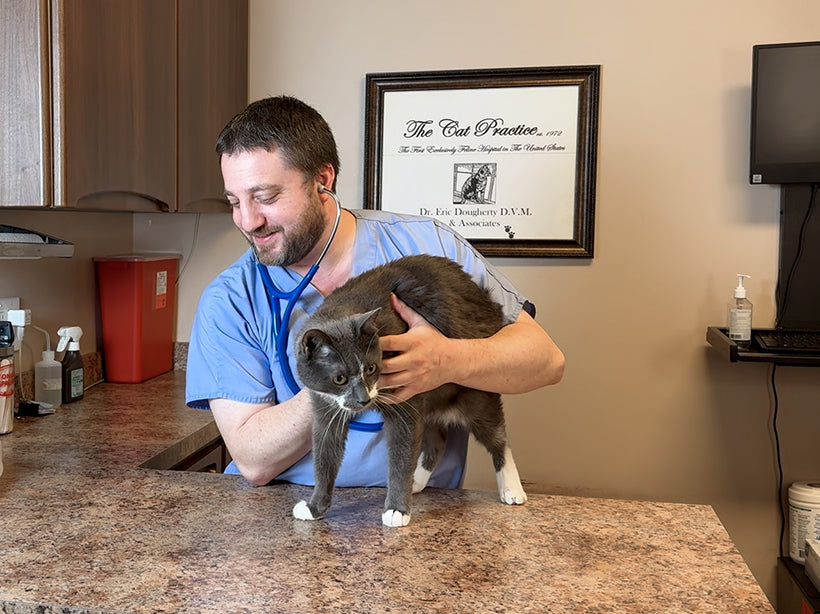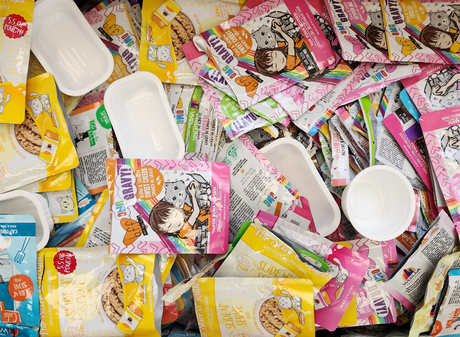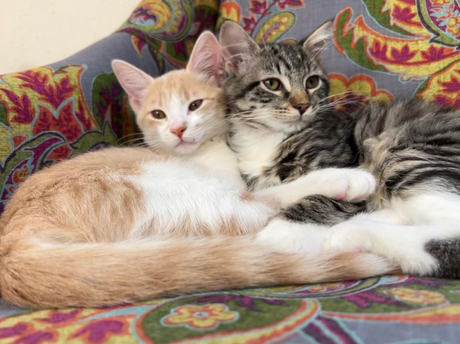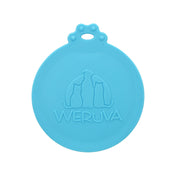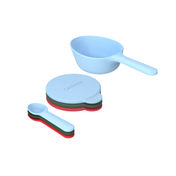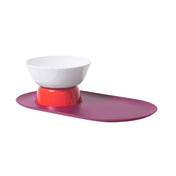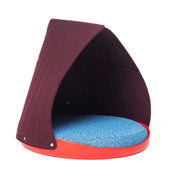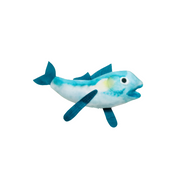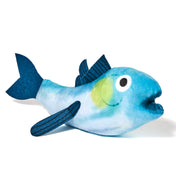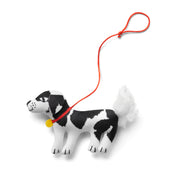As responsible and loving cat owners, we strive to ensure our feline companions lead healthy and happy lives. An essential aspect of achieving this is maintaining a proper diet for our cats. While a big word such as "phosphorus" may seem scary, understanding what it is and how it reacts with the feline anatomy isn't actually all that complicated.
So, what is low-phosphorus cat food? And what do cat owners need to know to protect their pets and understand how phosphorus in your cat's food can significantly contribute to their overall well-being?
The Role of Phosphorus in a Cat's Diet
Phosphorus is a mineral that plays a crucial role in a cat's overall health and well-being. It is necessary for many critical bodily functions, including bone and teeth formation, energy production, and muscle function. Cats may experience weakness, lethargy, and even bone disorders without an adequate amount of phosphorus in their diet.
Since cats cannot produce phosphorus on their own, pet owners need to provide them with a balanced diet that contains the right amount of this essential nutrient. However, too much phosphorus can also be harmful to cats. Pet owners must work closely with their veterinarian to determine the appropriate amount of phosphorus for their cat's needs.
Low-phosphorus diets are often recommended for cats with certain health conditions, such as kidney disease or hyperparathyroidism. These diets typically contain reduced phosphorus levels while still using high-quality protein sources that provide all the necessary nutrients for a cat's overall health.
Kidney Health and Phosphorus Levels
One common reason cat owners opt for low-phosphorus food is to address kidney issues, specifically the early stages of Chronic Kidney Disease or CKD, which can lead to kidney failure. Kidney issues are most prevalent in aging cats, with 30% of cats over the age of 10 having chronic kidney disease. As our feline companions age, the decline in organ health, particularly the kidneys, can become a pressing concern.

When kidney function is compromised, excess phosphorus can enter the bloodstream, resulting in cats feeling unwell, lethargic, or experiencing a loss of appetite. A diet low in phosphorus can help alleviate some symptoms associated with kidney issues, although it is not a cure. Cats with chronic kidney disease should regularly see a veterinarian to ensure they are receiving the proper treatment.
Considerations Beyond Phosphorus
While phosphorus levels are important, other key factors should be considered when choosing the right food for your cat. Quality ingredients, protein content, moisture levels, and the overall balance of protein, moisture, and phosphorus in a high-quality diet are crucial considerations.
As obligate carnivores, cats require meat-based, high-quality protein for optimal health. Meat also serves as a source of hydration, assisting in keeping cats well-nourished and hydrated. Hydration is vital for all cats but is of even greater significance for those with kidney problems.
Due to its higher moisture content, wet food is preferable over dry kibble, which often contains higher carbohydrate levels, is high in phosphorus, and lacks sufficient hydration.
Making Informed Choices
When selecting a low-phosphorus food for your cat, aim for options containing less than 0.5% phosphorus on a dry matter basis. It's essential to consider the broader picture of protein, moisture, and phosphorus levels to ensure a well-balanced diet that meets your cat's nutritional requirements.
In conclusion, while navigating the complexities of pet food labeling can be challenging, it is crucial to decipher product information and prioritize the health and well-being of your feline companions.
By understanding the significance of low-phosphorus food and considering all aspects of your cat's dietary needs, you can make informed choices to promote a long and healthy life for your beloved pets.
To see a list of Weruva's lowest phosphorus cat foods, explore our Wx Phos Focused line and focus on what really matters, your pet’s health!

